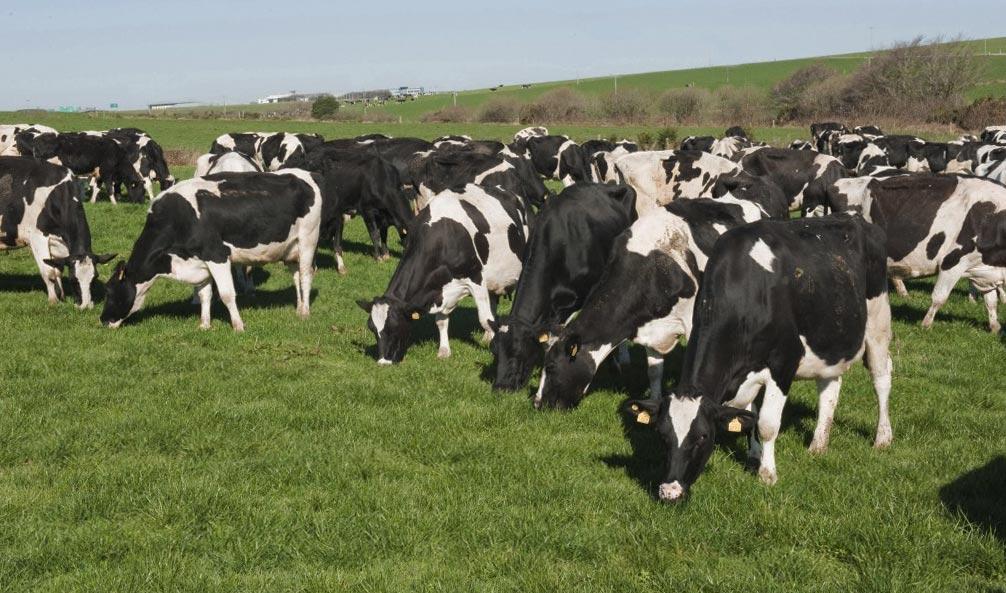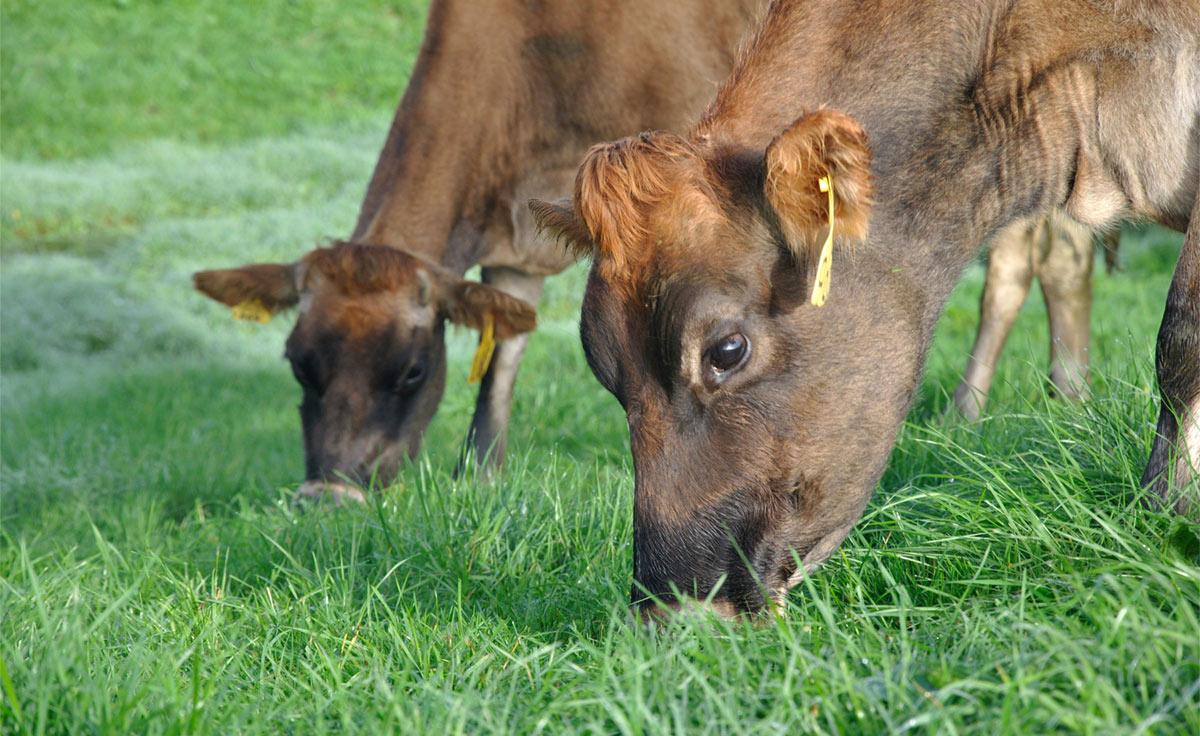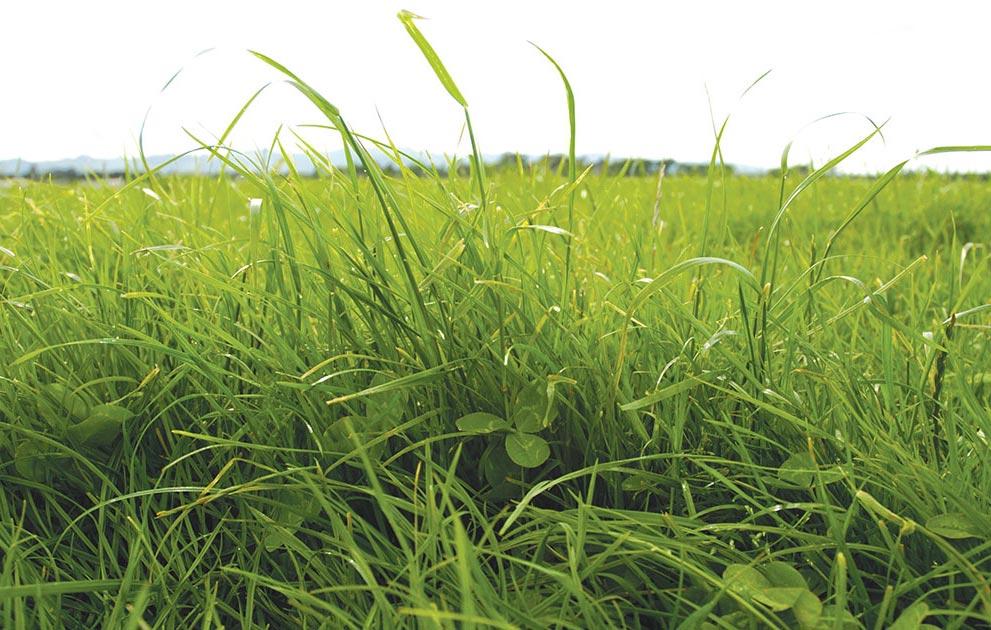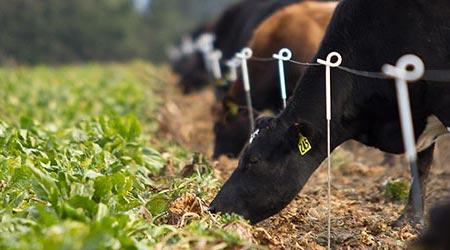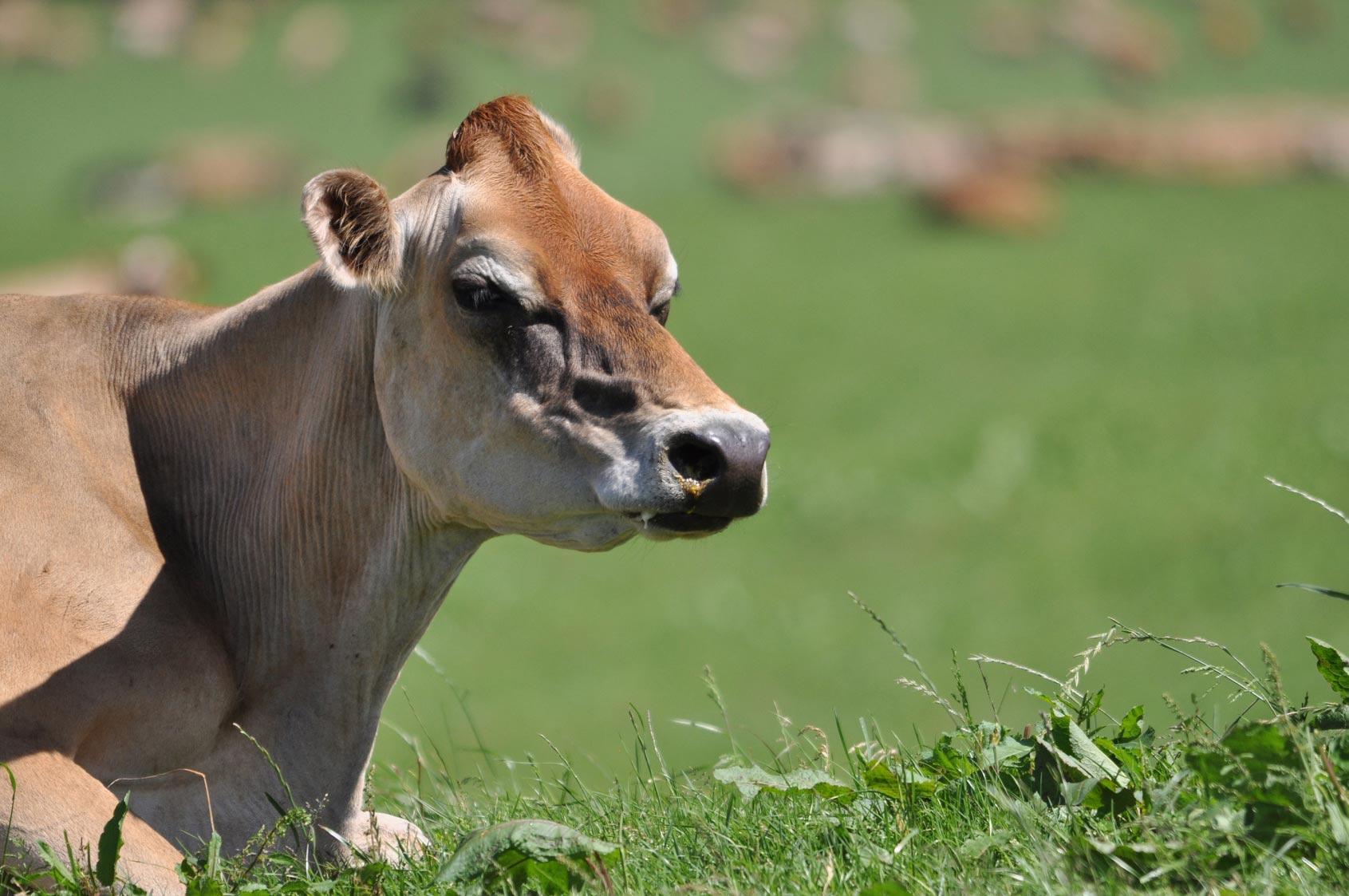Pasture Management
Weekly farm walks should be done religiously as pasture is the biggest feed source on the farm and managing surpluses and deficits are vital when it comes to managing pasture quality and feeding a high quality diet. Most pasture measurement tools are calibrated with a standard formula that assumes a certain dry matter percentage. We know that the dry matter percentage will vary throughout the season and therefore the accuracy of pasture measurements will also vary if we only use the standard formula but it makes life a lot easier and causes less confusion to work with only one formula. Pasture analysis will help us to determine the actual dry matter percentage and therefore allow us to make more informed decisions regarding managing surpluses and deficits.
When dry matter percentage is very low the actual dry matter available will be significantly less than the plate meter reading might suggest. This means that pasture allocations should be adjusted to ensure cows are content rather than only allocating a certain area based on the plate meter reading. Increased consumption of water as a result of low pasture dry matter percentage will cause stretch receptors in the rumen to signal to the brain that the rumen is full and the cow can stop feeding. Mowing pasture before cows enter a paddock will have the effect of increasing dry matter percentage and therefore delaying the signal to the brain that the cow is full. This should allow for greater total dry matter intakes and therefore increased milk production. When pasture is cut dry matter percentage increases while protein and sugar concentrations decline rapidly after cutting, especially on hot days. Mowing should be done no more than a few hours before cows enter the paddock to minimise losses of sugars and proteins while only increasing the dry matter percentage slightly.
DairyNZ Farmfact 1-15 Using the Rising Plate Meter (RPM)
What does the Rising Plate Meter measure?
The RPM measures the compressed height of pasture. Each of the ‘clicks’ represents 0.5cm of compressed height i.e. a reading of 7 “clicks” represents a compressed pasture height of 3.5 cm. The RPM equation
“Average compressed pasture height” x 140 + 500 = kg DM/ha
Understanding the equation
The equation changes the compressed height (i.e. “clicks”) to a kg DM/ha. This equation is a ‘guide’ and not an absolute measure of quantity as the DM composition will change due to seasonal variations.
The platemeter equation is a regression equation. The “adder” as it is called, is where the regression line bisects the vertical axis (i.e. it is the DM yield when the RPM has a reading of 0). The “multiplier” is the slope of the regression line. The multiplier accounts for the increase in DM yield for each increase in RPM reading.
For the winter formula above (“clicks” x 140 + 500) the DM yield when the plate reads 0 = 500 kg DM/ha and for every 0.5 cm or “click” of compressed height measured by the plate meter there is another 140 kg DM/ha.
Range of the multiplier:
115 when grass is growing the fastest (e.g. low DM)
140 this is about the average (so best fit for the whole season)
185 used in very dry conditions of slow growth e.g. drought, frost (higher DM)
Use one equation for simplicity and convenience
The equation of “average compressed height x 140 + 500” is the best fit for most situations and makes the data produced the easiest to understand.
Achieving consistent grazing height is the key to offering cows high quality pasture at every grazing.



